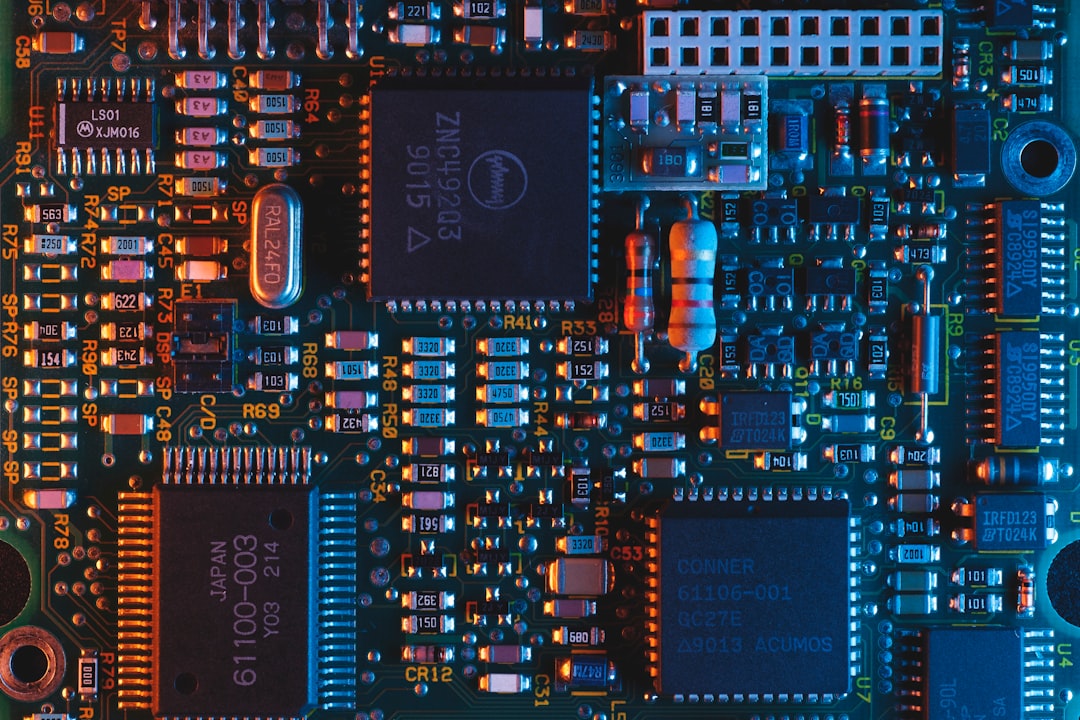What is it about?
Non-orthogonal multiple access (NOMA) is one of the few promising techniques that can ensure the achievement of benefits foreseen in next-generation 5G wireless networks and beyond. By using superposition coding, NOMA allows multiple users to share the same time and frequency resources, thereby enhancing user connectivity, spectral efficiency, as well as a considerable increase in user throughput. Interference mitigation is an important consideration in NOMA and is considerably more influencing in multicellular environments. First, a brief description of the impairments that can arise in a NOMA cellular network along with responsible factors is provided. Second, different approaches adopted to minimize these impairments are discussed. Finally, a possible solution is proposed that consists of a coordinated approach between the individual cells in the NOMA domain to minimize interferences and improve user throughput. Adaptive fractional frequency reuse (FFR) is used to allocate distinct frequency resources to edge users of different cells to minimize inter-cell interference in NOMA. Simulation results prove that the proposed NOMA scheme plays an important role in minimizing impairment effects and enhancing the SINR and the throughput performance of edge users while ensuring fairness in its design. Index Terms-Fractional frequency reuse (FFR), interference mitigation, non-orthogonal multiple access (NOMA), resource allocation, successive interference cancellation (SIC).
Featured Image
Why is it important?
following contributions are made in this paper. (i) An FFR-based user clustering technique for NOMA user distribution is proposed that starts with cellular segmentation as per the discussed criterion followed by user classification as CE or CC. Fairness is considered while servicing these users to ensure symmetric service to all users in the cellular service area as well as reaping the benefits of NOMA. (ii) A dynamic power and frequency allocation scheme for NOMA users with proportional fairness for CC and CE users is proposed. CE users are prioritized while allocating resources to meet fairness criteria since CC users have better service and channel conditions as compared to CE users. (iii) An FFR-based interference coordination scheme is proposed which makes use of the NOMA for providing user access to the network in dense multicell networks and meeting the guaranteed minimum service requirement for weak users in the network. (iv) A detailed analysis is performed depicting the advantages offered by NOMA over OMA and the significance of the frequency diversity technique used for catering ICI. User throughput analysis is performed to prove the benefits of the proposed scheme with a focus on selection criterion for cell segmentation and its impact on NOMA as well as ICI experienced by CE users. (v) It is proven by simulation results in Section 5 that the proposed scheme isolates edge users of neighboring cells effectively in a multicellular NOMA environment to reduce experienced ICI. The resource allocation scheme considers the user’s fairness criteria and enhances NOMA capacity as well as the throughput for CE as well as the users. (vi) A comparison is performed with existing ICI management schemes (see Section 2) leading to a better understanding of focused role and advantages of the proposed design.
Perspectives
Writing this article was a great pleasure as it has co-authors with whom I have had long-standing collaborations. More than anything else, and if nothing else, I hope you find this article thought-provoking.
Dr Muhammad Tabish Niaz
Sejong University
Read the Original
This page is a summary of: Dynamic Fractional Frequency Reuse Diversity Design for Intercell Interference Mitigation in Nonorthogonal Multiple Access Multicellular Networks, Wireless Communications and Mobile Computing, July 2018, Hindawi Publishing Corporation,
DOI: 10.1155/2018/1231047.
You can read the full text:
Resources
Contributors
The following have contributed to this page










